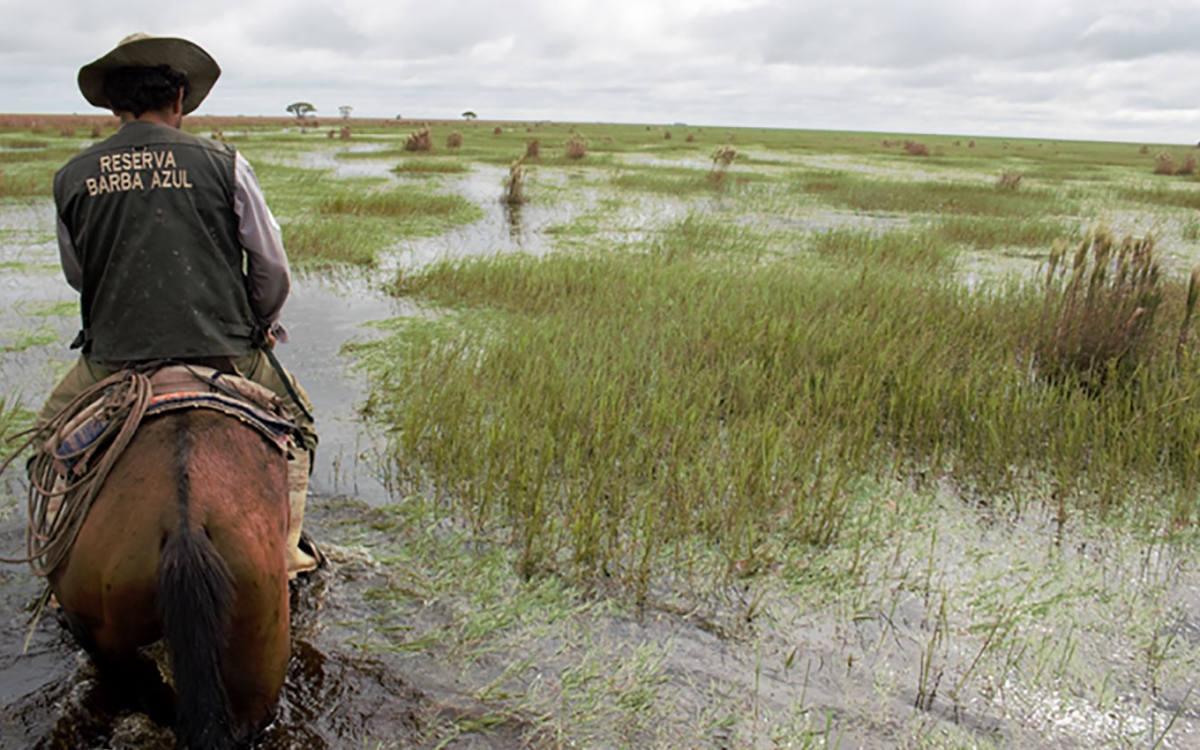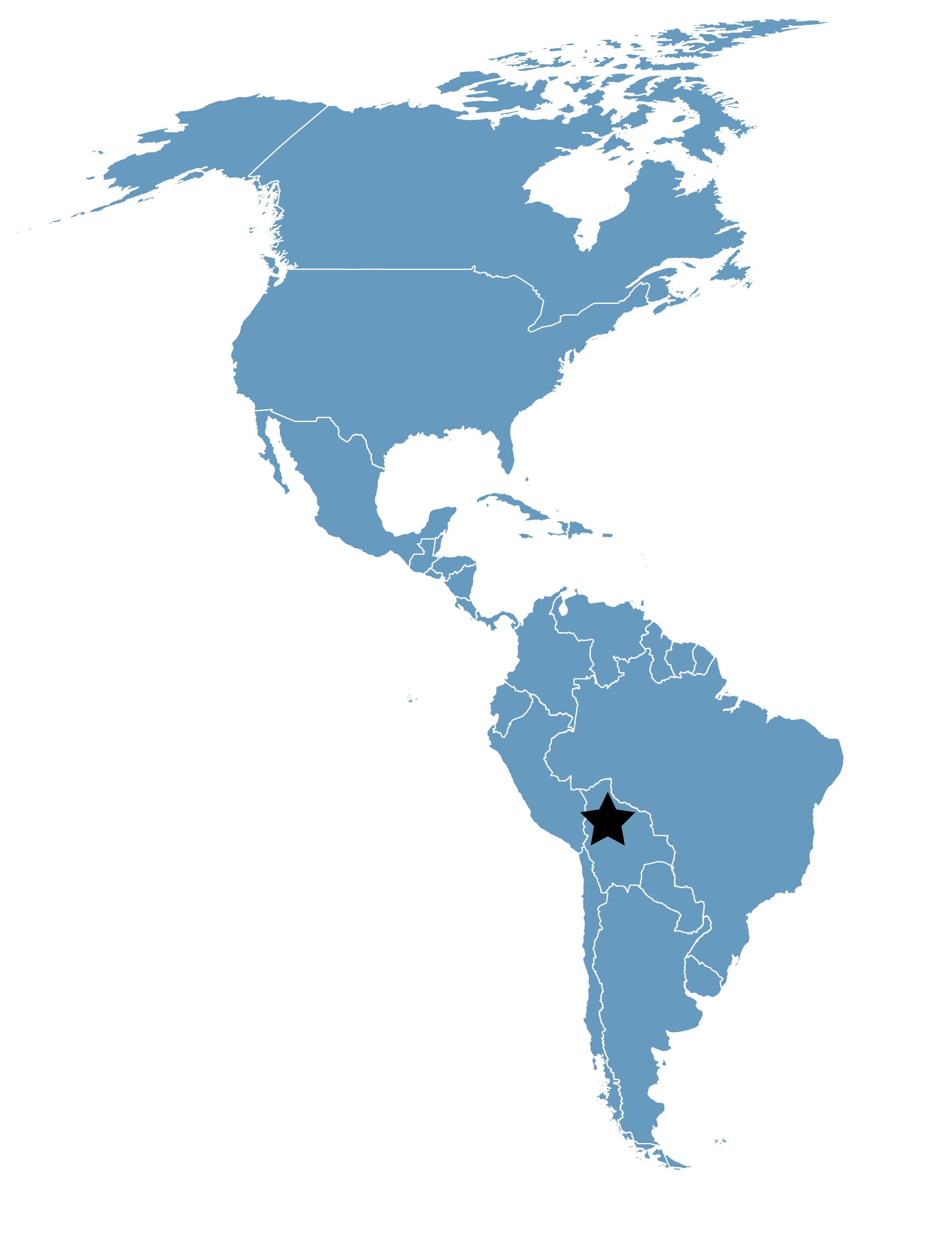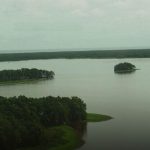Barba Azul Nature Reserve
Location
Beni, Bolivia
Category
Regional
Basis for Designation
More than 1% of the flyway population for Buff-breasted Sandpiper (Calidris subruficollis).
Size
10,926 hectares (26,999 acres)
Date Designated
September 2015
Site Owner
Asociación Armonía
Site Partners
Asociación Armonía
Overview
Barba Azul Nature Reserve is located in the heart of the Beni Savanna in northwest Bolivia (Santa Ana de Yacuma Municipality, Yacuma Province, Beni Department), on former ranch land. Although the reserve was originally created in 2008 to protect one of the largest remaining populations of the critically endangered Blue-throated Macaw (known locally as “Barba Azul”), its grassland habitats also are vital to migratory shorebirds—especially Buff-breasted Sandpiper (Calidris subruficollis). More than 1% of this species’ global population rests and “refuels” at the reserve on southbound migration during the boreal fall.
The 10,930-hectare (27,000-acre) reserve is owned and managed by Asociación Armonía, a nongovernmental, conservation organization in Bolivia. The reserve’s tropical grassland habitats, including Motacu palm islands, have been recovering rapidly from prior over-grazing and yearly burning. Asociación Armonía has made maintaining quality grasslands for shorebirds, particularly Buff-breasted Sandpipers, a high management priority within Barba Azul Nature Reserve. “Maintaining high-quality grassland habitat for shorebirds, particularly for Buff-breasted Sandpiper, is a management priority for us in this reserve,” says Bennett Hennessey, Development Director of Asociación Armonía.

Barba Azul East ranger in flooded savanna habitat. Photo: Tjalle Boorsma.
Asociación Armonía began conducting shorebird surveys within the reserve in 2010. While more research is required, observations to date suggest that shorebirds prefer short, ungrazed grass along the border of the rivers and lakes in the reserve. Compaction and disturbance by livestock makes other areas less attractive to the Buff-breasted Sandpiper. Major threats from off-site sources include fire, overgrazing, agriculture conversion, and invasive plant species.
Hennessey remarked that “This reserve is a classic demonstration of the interconnectedness of the natural world. In the process of conserving an importance place for the Blue-throated Macaw, we found that we were also protecting an important place for shorebirds, songbirds, and large mammals that depend on mature savanna. Our goal here is to manage the reserve for all of them.”
Barba Azul Nature Reserve is part of the “Oeste de Rio Mamore” Important Bird Area and lies within the nearly 7-million-hectare “Bolivian Llanos de Moxos” Ramsar site.









